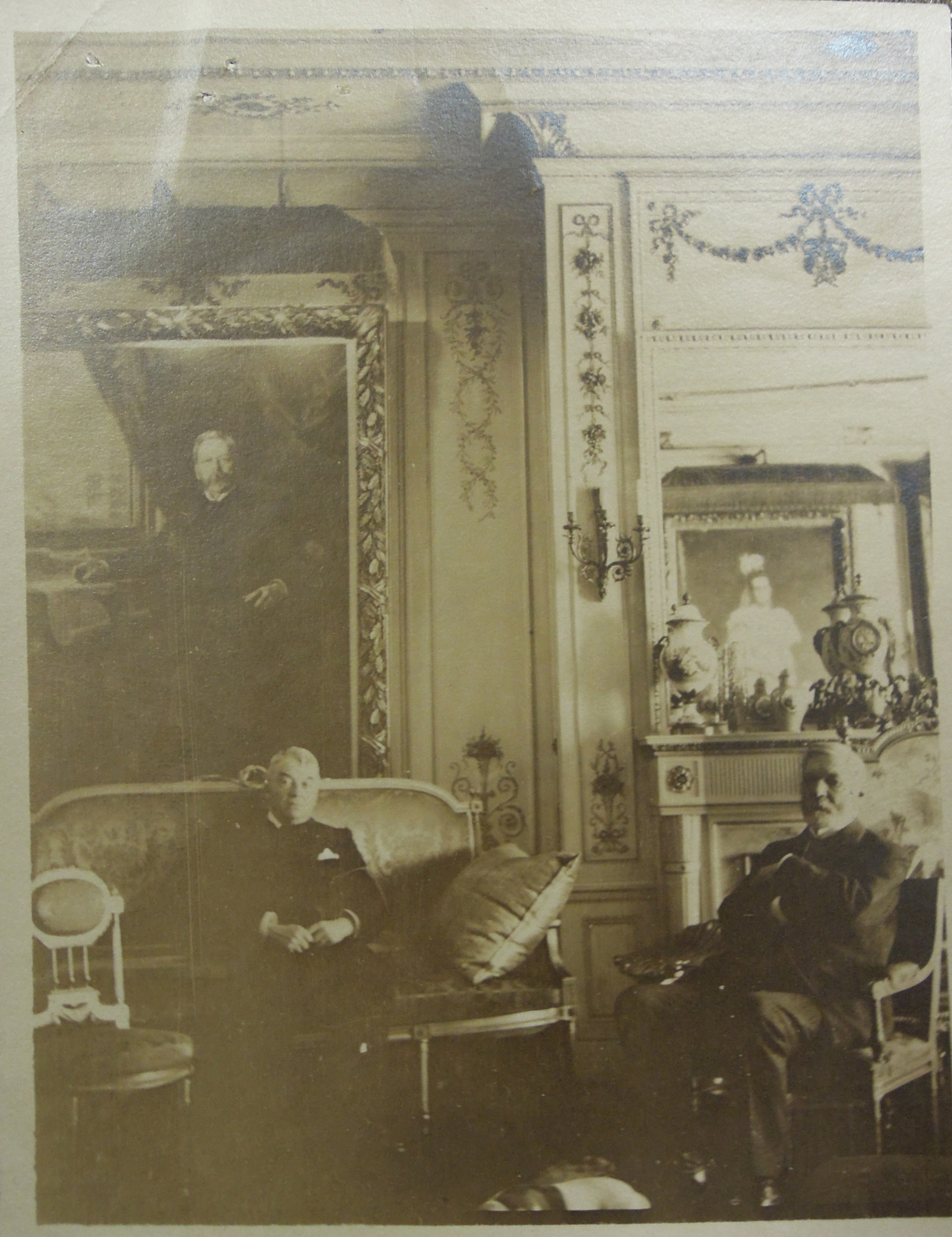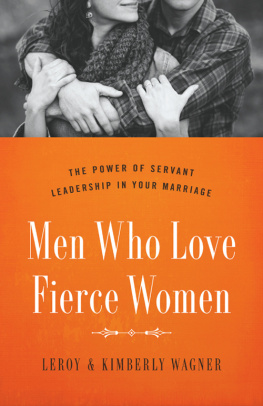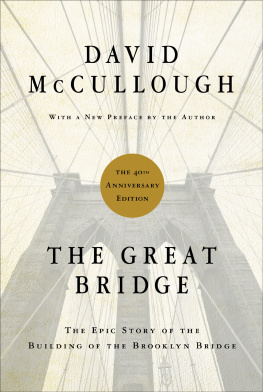Wagner - Chief Engineer
Here you can read online Wagner - Chief Engineer full text of the book (entire story) in english for free. Download pdf and epub, get meaning, cover and reviews about this ebook. year: 2012, publisher: Bloomsbury Publishing, genre: Non-fiction. Description of the work, (preface) as well as reviews are available. Best literature library LitArk.com created for fans of good reading and offers a wide selection of genres:
Romance novel
Science fiction
Adventure
Detective
Science
History
Home and family
Prose
Art
Politics
Computer
Non-fiction
Religion
Business
Children
Humor
Choose a favorite category and find really read worthwhile books. Enjoy immersion in the world of imagination, feel the emotions of the characters or learn something new for yourself, make an fascinating discovery.

- Book:Chief Engineer
- Author:
- Publisher:Bloomsbury Publishing
- Genre:
- Year:2012
- Rating:4 / 5
- Favourites:Add to favourites
- Your mark:
- 80
- 1
- 2
- 3
- 4
- 5
Chief Engineer: summary, description and annotation
We offer to read an annotation, description, summary or preface (depends on what the author of the book "Chief Engineer" wrote himself). If you haven't found the necessary information about the book — write in the comments, we will try to find it.
Wagner: author's other books
Who wrote Chief Engineer? Find out the surname, the name of the author of the book and a list of all author's works by series.
Chief Engineer — read online for free the complete book (whole text) full work
Below is the text of the book, divided by pages. System saving the place of the last page read, allows you to conveniently read the book "Chief Engineer" online for free, without having to search again every time where you left off. Put a bookmark, and you can go to the page where you finished reading at any time.
Font size:
Interval:
Bookmark:

Chief Engineer
For Francis and Theo
two strong towers
By the Same Author
First Light: A Celebration of Alan Garner (Editor)
Pas de Deux/Concert of Stories (with Abbi Patrix and Linda Edsj)
Seizure
Ariels Gift: Ted Hughes, Sylvia Plath, and the story of Birthday Letters
Gravity
Chief Engineer
W ASHINGTON R OEBLING: T HE M AN W HO B UILT THE B ROOKLYN B RIDGE
Erica Wagner

Contents
Faithis the Pierless Bridge
Supporting what We see
Unto the Scene that We do not
Too slender for the eye
It bears the Soul as bold
As it were rocked in Steel
With Arms of Steel at either side
It joinsbehind the Vail
To what, could We presume
The Bridge would cease to be
To Our far, vascillating Feet
A first Necessity.
Emily Dickinson
In the archives of Rutgers University is a photograph of two gray-haired gentlemen. They are sitting in a grand room filled with fine furniture and there are oil paintings on the wall. The clean-shaven gentleman is sitting beneath a large portrait of the man who wears a beard; easy enough to guess it was taken in the elegant home of the latterWashington Augustus Roebling. He was seventy-three when this picture was taken in 1910, a man who appears ready to retire from active life, though as it happened this was not the case at all. He had been trained as an engineer, to follow in his famous fathers footsteps. He had fought with the Union Army all the long, bloody years of the Civil War; at the end of that war he had found himself a clever and handsome wife. When the fighting was over and the reconstruction of the country had begun, he and his father together had set out to aid that rebuilding in the most practicaland yet metaphoricalway possible: by building bridges. That father, John Augustus Roebling, had bridged Niagara when Washington was a boy; together they spanned the Ohio at Cincinnati; and when, in 1869, his father had died, suddenly and tragically, the position of Chief Engineer of the great East River Bridgethe Brooklyn Bridgehad been taken up by this thirty-two-year-old veteran of several different sorts of wars.
The story of his life holds all the fascination of an interesting novel, as one who knew the Roebling family well once wrote. But this little-known photograph, tucked into a folder in a basement in New Brunswick, New Jersey, raised the hairs on the back of my neck. For the man seated next to Washington Roebling is Admiral Jacky Fisher.
We are today entertaining Admiral Lord John Fisher of the British navy, Washington wrote to his own son, John, in the letter that corresponds to the date of the photograph. Fisher was in the United States to see his son married in Philadelphianear enough to Trenton to feel he might pay a call on the famous engineer at the mansion that, for the last two years, Washington had shared with his second wife, Cornelia. He is a jolly, jolly, British Tar, he told John. The admiral is 69 and acts like 40he danced all around the parlor with Cornelia and told a hundred stories He is a man of wonderful vitality with a temperature of 98 all the timeHas to stand in the open door to keep cool, Washington wrote buoyantly.


A high compliment indeed, for not all company pleased Washington Roebling. But somehow I was not surprised that Lord John Fishers had. One of the touchstones of my decision to write about Washingtons life was an extraordinary biography of Fisher written by Jan Morris. Fishers Face is an account of the life of Lord John Jacky Fisher, born in 1841 in Sri Lanka (making him just shy of four years younger than Washington), who rose to be commander in chief of the British Mediterranean Fleet in 1889, and eventually First Sea Lord, head of the whole Royal Navy. He was a man with a genius for enjoyment, as Morris writesa genius visible even in Washingtons brief encounter with him by the banks of the Delaware River. Fisher died in 1920six years before Washington Roeblings death, and six years before Jan Morris was bornbut he had been, she wrote one of my lifes companions. She kept a photograph of him tacked up inside her wardrobe: Apart from those of my family it is the face I know best, far more familiar to me than the features of statesmen, actors, artists or even old friends.
For many years, I too had seen an old photograph each and every day, a battered image from a book, made in the New York Public Library when I was nineteen years old. Taken at the beginning of the Civil War, its a photograph of a young man in the slouched forage cap of the Union Army, his pale, wide-set eyes looking directly at the camera, his mouth unsmiling, a faint mustache just visible on his upper lip. I no longer recall exactly which book it was I took to the librarys photocopier to make a souvenir, my own carte-de-visite , of that face. My picture is only about an inch square. I put clear tape over it to protect it, and I made a tiny envelope to hold it, on which I wrote W. A. R. We share a middle name. I have never been without this little image since.
Growing up in Manhattan, I could hardly avoid an awareness of the Brooklyn Bridge, but I cant say that it ever impinged on my consciousness until I was in my teens. I acquired an English boyfriend, a little older than I was, who had just qualified as a civil engineer. He said he wanted to cross the Atlantic to visit me one Christmasbut now I realize it wasnt really me he wanted to visit; it was that big work of stone and steel over the East River. So one day we walked out of the subway into bright winter sunshine, east into Cadman Plaza Park before hooking west up the steps leading to the pedestrian walkway that rises, elevated above the traffic, up toward the towers, through the cradle of cables, right over the glittering river. In those moments, as we strode back toward Manhattan in the cold, I had the experience the bridges original designer, John Roebling, intended I should havejust as many had before me and will have long after I am gone. I wrapped my cold fingers around one of the vertical suspender cables and felt the steel vibrate under my touch as if this structure, this place, were a living thing. I could feel in my body the words that had been spoken when the bridge had opened to the public in May 1883, that the structure looks like a motionless mass of masonry and metal; but, as a matter of fact, it is instinct with motion. There is not a particle of matter in it which is at rest even for the minutest particle of time. It is an aggregation of unstable elements, changing with every change in the temperature, and every movement of the heavenly bodies. The problem was, out of these unstable elements, to produce absolute stability; and it was the problem which the engineers, the organized intelligence, had to solve, or confess to inglorious failure.
The boyfriend went back to England, but something had changed in me, for good.
I wanted to know more. I read David McCulloughs magisterial account of the construction of the Brooklyn Bridge, The Great Bridge . He first took the measure of the materials available on both the construction of the bridge and the history of the Roebling family; reading through Washingtons notes and letters, reports and sketches gave him, he wrote, the odd feeling of actually having known the Chief Engineer of the bridge. The wry, stoic, practical and yet elegant voice that I could begin to hear in McCulloughs book was speaking, I felt, directly to me.
Font size:
Interval:
Bookmark:
Similar books «Chief Engineer»
Look at similar books to Chief Engineer. We have selected literature similar in name and meaning in the hope of providing readers with more options to find new, interesting, not yet read works.
Discussion, reviews of the book Chief Engineer and just readers' own opinions. Leave your comments, write what you think about the work, its meaning or the main characters. Specify what exactly you liked and what you didn't like, and why you think so.













